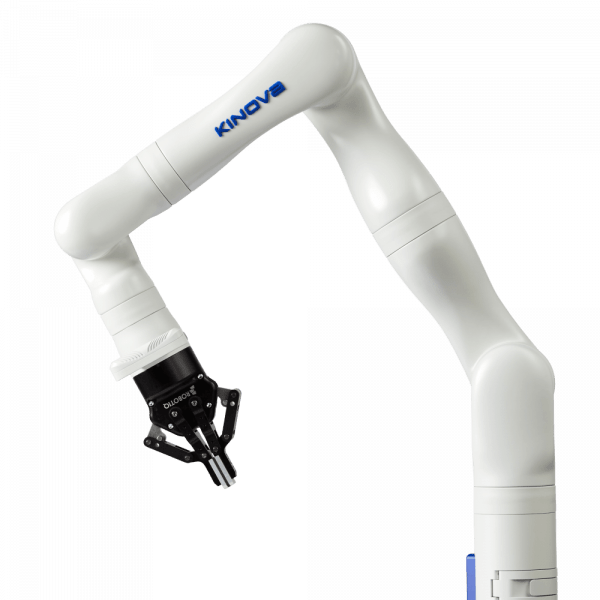Meso-Scale Assembly: Planning and Execution
About the Research:
In collaboration with the GRASP Lab at University of Pennsylvania, we studied autonomous planning and execution of a peg-in-hole assembly task of small parts; too small to be handled easily by people. We explored solving a particular planar peg-in-hole problem by planning a sequence of pushing actions (with the RRT (Rapidly-Expanding Random Tree) algorithm) and predicting the outcomes of each pushing action using a physics-based simulator. The collage of photos shows the scale and set-up of the test system.

Pegs, measuring about 1.6 mm by 0.8 mm, are shown in the center photo (prior to being broken out of the copper plate) next to a penny. The lower right photo shows the initial pose of the peg with the tip of a controllable probe to its right. To solve the problem, we must find a sequence of motions of the probe that rotate the peg 90 degrees and push it into the narrow opening on the left. The problem is solved by first using RRT and simulation to find a sequence of pushes. Then those pushes are executed open-loop (i.e., without feedback) to perform the assembly task. Video below is an example.
RRT was used a follows. A random tree was constructed in the configuration space (the space of poses) of the peg with the root of the tree representing the initial pose of the peg. New arcs and nodes were added to the tree by applying probe actions (leftward pushes) in simulation. The final pose of the peg of given probe action yields a (potential) new node in the tree and the arc leading to it is labeled with the action. This process continues until a leaf node of the tree is in the set of goal poses of the peg. The action space of the probe was assumed to be leftward horizontal pushes specified by three parameters: the vertical and horizontal (x-y) position of the tip of the probe at the start of the push and the distance of the leftward push of the probe. Thus the action space is three dimensional. The video below shows a typical example of random pushing actions on the peg in simulation during the construction of a random tree.
Related Publications
D. J. Cappelleri, J. Fink, B. Mukundakrishnan, V. Kumar and J. C. Trinkle, “Designing open-loop plans for planar micro-manipulation,” Proceedings 2006 IEEE International Conference on Robotics and Automation, 2006. ICRA 2006., Orlando, FL, 2006, pp. 637-642.


